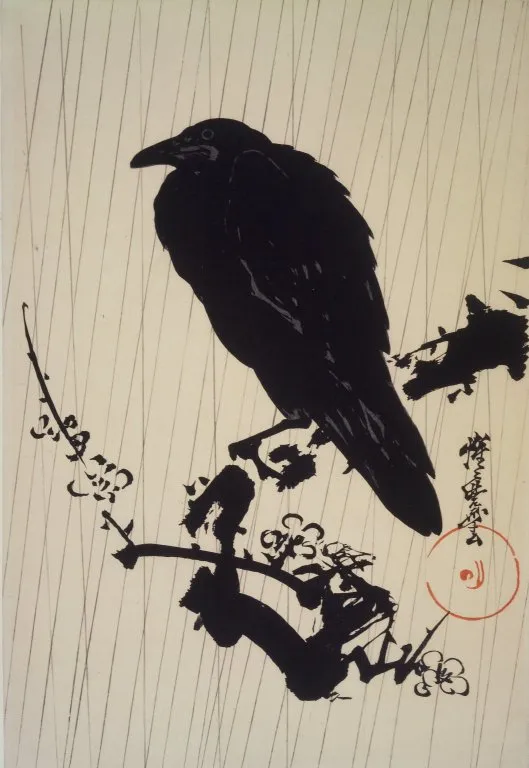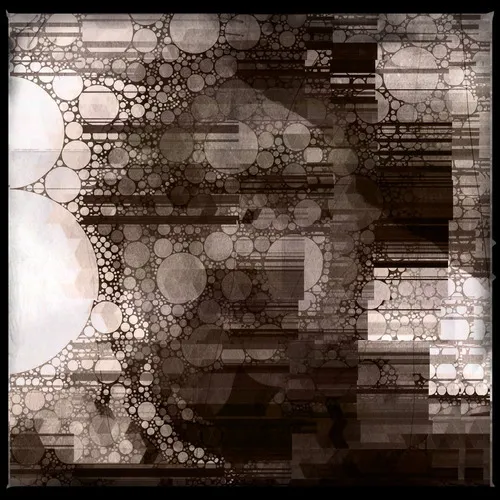kareeda ni karasu no tomari keri aki no kure
sits a crow—
autumn nightfall
—Bashō

This is perhaps Basho's second most famous haiku. Everyone in Japan learned this in school and knows it well, but perhaps some of you aren't familiar with it.
He wrote this in the autumn of 1681. Many consider this the first poem of his mature style. Before this, he was simply a good haiku poet, publishing good but not great haiku. After this, he was a master.
It's a wonderfully simple image. One can almost hear the crow as it settles on the branch, perhaps cawing into the empty night.
In the zen mode of thinking, he is hinting at the interdependence of all things.
There is a previous version of this haiku.
kareeda ni karasu no tomaritaru ya aki no kure
sits some crows—
autumn nightfall
—Bashō
In a painting he made for this first version, there are 7 crows perched on branches and 20 more flying over the tree. Not a bad image, but I think you can probably see why he revised it. In art, one is often more powerful than many. This may also show the influence of Zen on his thinking, causing him to simplify as much as possible.
❦
 |
David LaSpina is an American photographer and translator lost in Japan, trying to capture the beauty of this country one photo at a time and searching for the perfect haiku. |
If this blog post has entertained or helped you, please follow/upvote/reblog. If you want to further support my writing, donations are welcome.
That is, me! If you like this translation, feel free to use it. Just credit me. Also link here if you can. ↩
